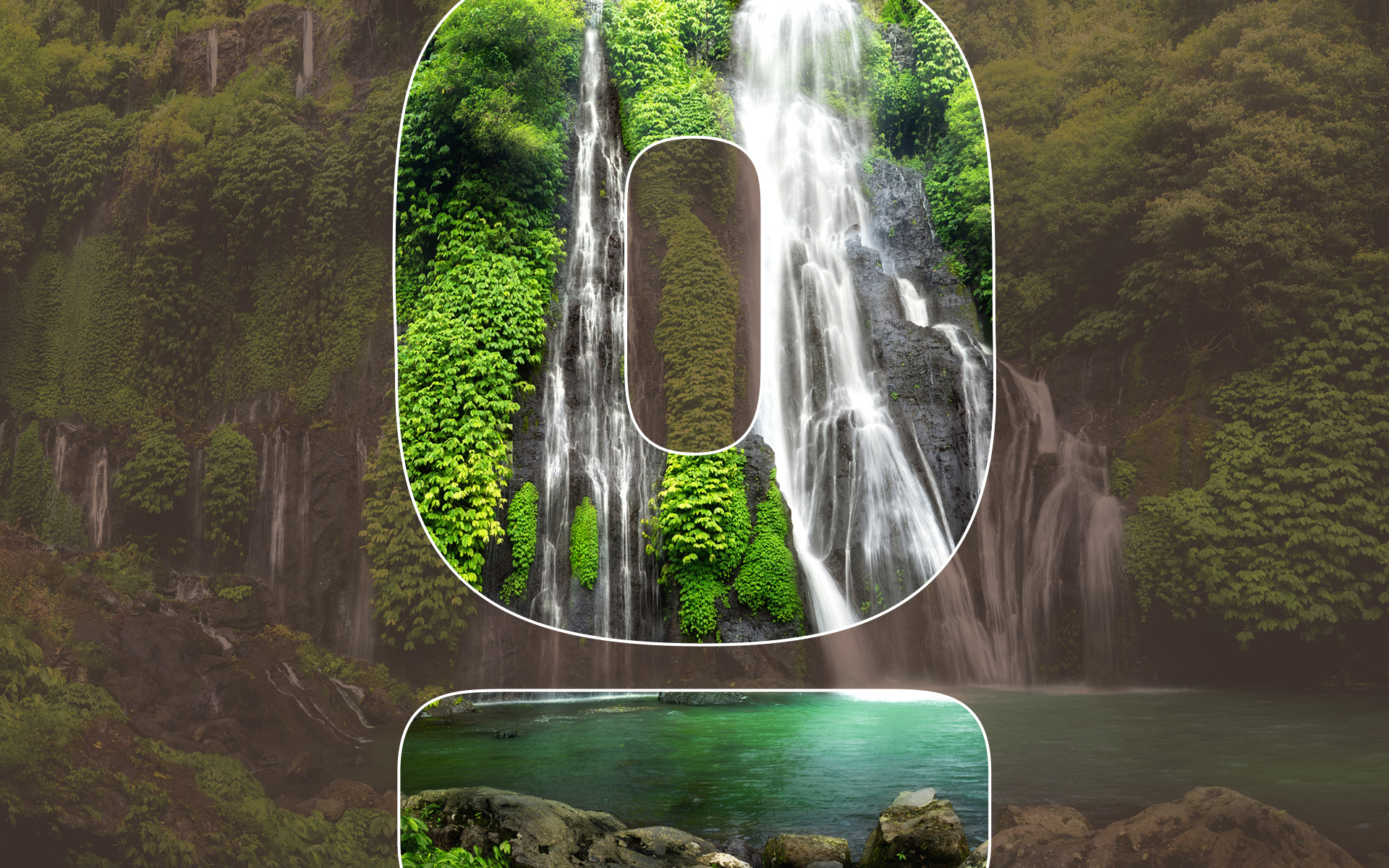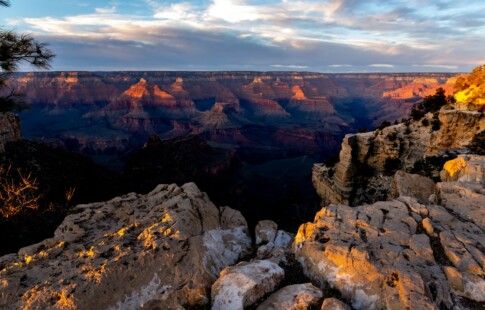
3 Ways a Trophic Cascade Can Impact Ecosystems
We are reader-supported. When you buy through links on our site, we may earn affiliate commission.
Each species impacts those around it, but some have more of an impact than others. The plant and animal life found in any specific area make up the ecosystem of that area — trophic cascade. Ecosystems are typically understood in terms of producers and consumers. Producers create energy from the sun. Consumers or herbivores eat producers, while predators which prey on these consumers.
Read on to learn about keystone species and three ways a trophic cascade can dramatically impact ecosystems.
A Brief History of Ecology
In 1966, the study of ecology was changed forever when ecologist Robert T. Paine realized that predators may regulate ecosystems as well as producers. Early ecologists believed the amount of plant matter available regulated how many consumers and predators could exist in one location.
Through studying Pisaster starfish in Washington State, Robert Paine overturned this theory. He noticed that way predators can protect biodiversity by keeping some species in check and letting others flourish. He called these important predators “keystone species” because without them, the composition of ecosystems would completely change.
Although they’re incredibly important to their ecosystems, keystone species aren’t always the largest or strongest species present. Sometimes, several species even work together to create mutualist keystone species. Well-known examples of keystone species include sharks, grey wolves, and killer whales. Hummingbirds also help spread specific species of Patagonian plants.
After studying the impact of predators on ecosystems, Paine coined the term “trophic cascade.” It was his way of describing how the removal of one species impacts other species within an ecosystem. There are three different predominant ways that a trophic cascade can occur within an ecosystem.
Top-Down Cascade
When top predators in an ecosystem are removed, or their numbers are significantly reduced, the effect is known as a top-down cascade. A classic example of a top-down cascade was the extinction of grey wolves in Yellowstone National Park.
When the wolves disappeared, mesopredators like coyotes and foxes grew in number to fill their place. The number of elk also expanded dramatically, impacting the levels of vegetation and even the water quality in the park. Beavers became scarce, and songbirds migrated out of the park because the elk reduced the vegetation.
In 1995, ecologists got permission to reintroduce grey wolves into the park. Over the next 20 years, the wolves spread quickly and reduced the number of mesopredators in the area. They ate more elk than predicted, which led to higher levels of vegetation, cleaner water, and a heavy increase of beavers.
Yellowstone was a unique opportunity to observe the important impact of keystone predators on an ecosystem. Although top predators are often dangerous to humans, they protect the biodiversity of their ecosystems and ultimately help every organism to thrive.
Bottom-Up Cascade
In contrast to top-down cascades, bottom-up cascades describe what happens to an ecosystem when the number of producers is drastically reduced. For example, if a forest fire wipes out all the green matter in an area, small rodents won’t have anything to eat. Owls and other predators will soon miss the rodents, and larger predators won’t be able to feed off the missing herbivores.
Although ecosystems change naturally over time, trophic cascades occur because of unusual events such as natural disasters or human activity. For example, when areas of rainforest are burned for cropland, a bottom-up cascade will follow, and previously supported species will die off or migrate to other areas.
An example of a bottom-up trophic cascade in America can be found in the Gulf of Mexico. There, land runoff into the ocean increased the nutrient levels in seagrass meadows, resulting in more food for herbivores. Eventually, the number of predator species in the area increased as well.
Subsidy Cascade
The third kind of trophic cascade can occur when species find secondary sources of food outside of a particular ecosystem. This often happens in farming communities. For instance, wild boars in Malaysia stopped foraging in the forest when they started eating farmers’ oil palm fruits instead.
Changes to the level of boar activity in the forest led to a decline in young tree saplings, directly affecting the level of vegetation studied in the area over a 24-year period. In addition to annoying the farmers, the change in the wild boar’s behavior likely created many other unknown ripple effects in the surrounding ecosystem.
When the amount of producers increases, the number of herbivores and then predators typically increases as well. If the subsidiary food source is suddenly removed from the system or humans intervene further to take down the growing number of predators, the ecosystem can lose all sense of balance. For example, farmers who grow grain and shoot wolves will experience exploding numbers of consumers like deer.
Every Action Matters
Because ecosystems are so interconnected, it’s important to respect every species within them. Even removing the smallest plant or insect could upset the balance of an entire area and change the relationships between the remaining species.
As ecologists continue to identify keystone species and understand the impact of trophic cascades, they’ll gain new tools for understanding the environment and how people can engage with it in the healthiest way possible.
Share on
Like what you read? Join other Environment.co readers!
Get the latest updates on our planet by subscribing to the Environment.co newsletter!
About the author
Jane Marsh
Starting from an early age, Jane Marsh loved all animals and became a budding environmentalist. Now, Jane works as the Editor-in-Chief of Environment.co where she covers topics related to climate policy, renewable energy, the food industry, and more.





